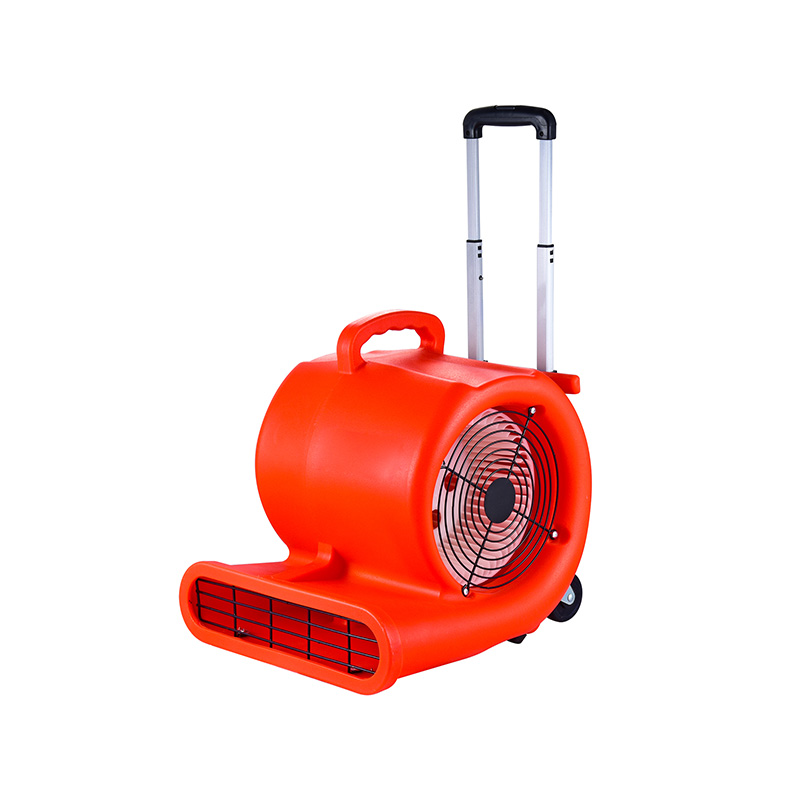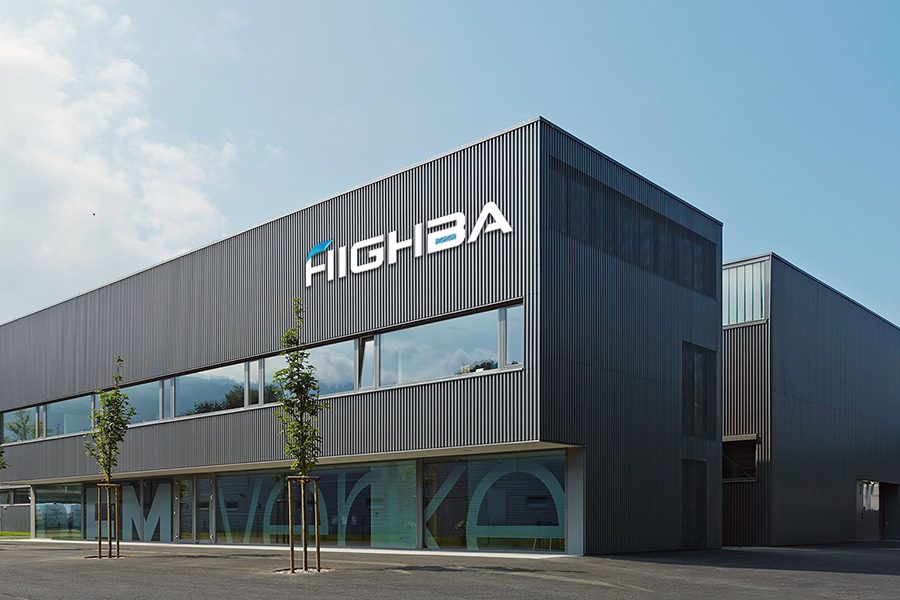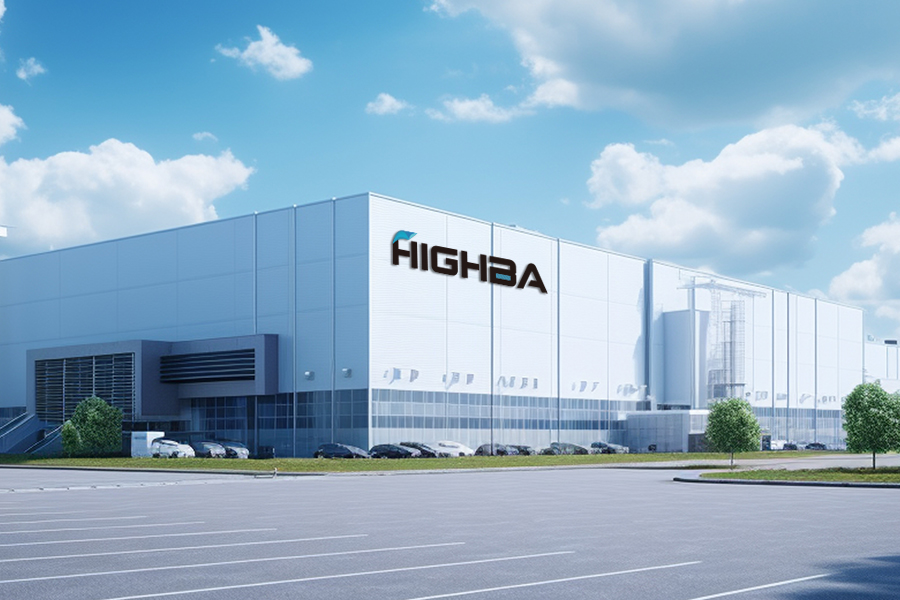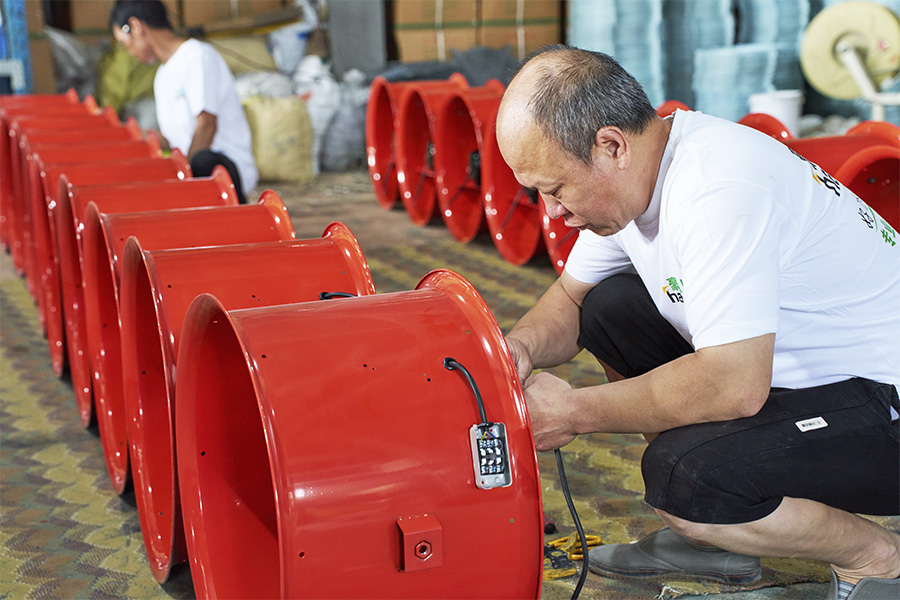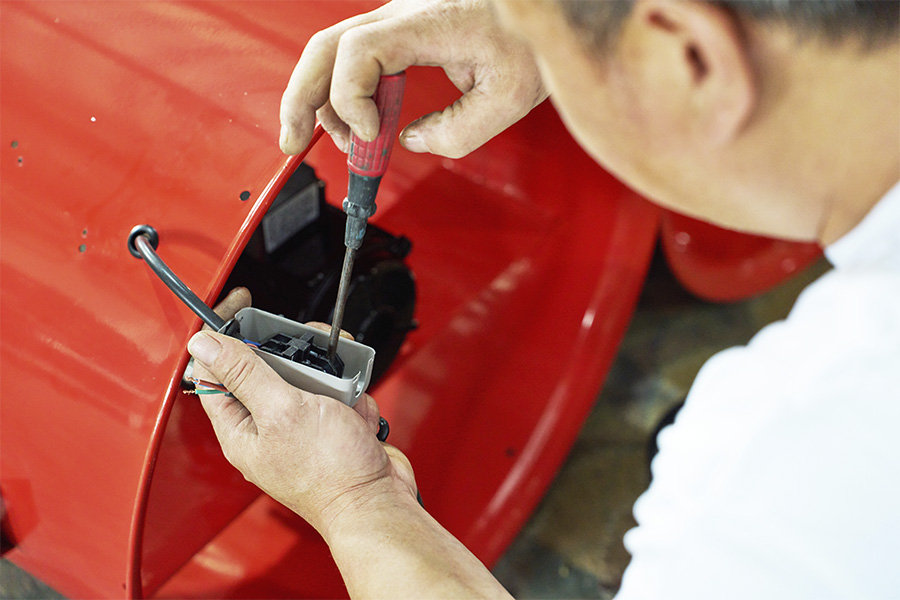Product
Sale Floor Blower
A floor ventilator is a ventilation device installed on the floor or ground, mainly used for indoor air circulation and regulation. Unlike roof ventilators, floor ventilators directly inhale or exhaust air from the ground, and are suitable for spaces that require local ventilation or uniform air distribution. Its design focuses on the beauty and practicality of the vents, and is usually made of wear-resistant and corrosion-resistant materials to ensure stability and safety in long-term use.
HAOBA floor ventilators are widely used in office buildings, shopping malls, basements, exhibition halls, and various public and industrial places to help improve indoor air quality, promote air circulation, and prevent air stagnation and odor accumulation. It can not only effectively regulate indoor temperature, but also cooperate with air conditioning and heating systems to improve the comfort and health level of the overall environment.
HAOBA floor ventilators have good adaptability and easy installation. We focus on the silent design and airflow efficiency of the product to ensure that we provide customers with energy-saving, environmentally friendly and high-performance ventilation solutions, which are an important part of modern building air management.

-
Jan 02, 2026_HaoBaSelecting the Correct fan is crucial for achieving effective ventilation in industrial and commercial spaces. High flow ...Read More
-
Dec 26, 2025_HaoBaThe use of guide vanes in vane axial flow fans effectively boosts static pressure, improves airflow stability, and enhan...Read More
-
Dec 19, 2025_HaoBaFor industrial ventilation systems, proper maintenance of vane axial flow fan is crucial to sustain airflow efficiency, ...Read More
-
Dec 16, 2025_HaoBaTaizhou Haoba Electromechanical Co., Ltd., a manufacturer of advanced ventilation equipment, proudly participated in the...Read More
Floor Ventilator Industry Knowledge Extension
Blow Floor Ventilator: Enhancing Air Circulation from the Ground Up
In environments where conventional ceiling or wall-mounted ventilation is insufficient, the blow floor ventilator offers a practical solution for improving airflow from ground level. This type of ventilator is typically installed in floors or low along wall bases, pushing air horizontally or diagonally across the floor space. It’s particularly useful in settings like warehouses, server rooms, or production facilities where air movement near the ground is crucial to manage temperature gradients, humidity, or airborne contaminants.
The design of a blow floor ventilator usually includes a compact fan system encased within a protective frame, often with grilles or dampers to guide and control airflow. These units can be used to supplement central ventilation systems or serve as standalone solutions in confined areas. By promoting consistent airflow from below, they help maintain a more balanced temperature and can even assist in clearing low-lying gases or particulates. Their placement at floor level makes them ideal for targeting specific problem zones, especially where equipment generates heat or airflow is otherwise obstructed.
Floor Blower: A Versatile Tool for Drying and Ventilation
The floor blower is a commonly used piece of equipment in both commercial and industrial settings, valued for its portability and effectiveness in moving large volumes of air across surfaces. It’s often employed for drying floors after cleaning, removing moisture from carpets, or speeding up evaporation in water-damaged spaces. Beyond drying, floor blowers also play a role in ventilating enclosed areas, especially during construction or renovation work.
Unlike ceiling fans or wall ventilators, a floor blower is designed to be placed directly on the ground and directed where airflow is needed. Many units feature adjustable angles, multiple speed settings, and stackable designs for easy storage and transport. The airflow generated by a floor blower is concentrated and powerful enough to accelerate drying without introducing heat, making it a safer choice for materials sensitive to temperature. In industrial applications, they can also be used to ventilate crawl spaces, basements, or ductwork where access is limited. Their ability to deliver targeted air movement makes them an efficient choice for maintenance and facility teams.
Underfloor Air Blower: Supporting HVAC Efficiency and Indoor Comfort
Underfloor air blowers are part of specialized air distribution systems designed to work beneath raised flooring, typically found in office buildings, control rooms, or data centers. These systems supply conditioned air through floor vents, allowing cool or warm air to rise naturally into the occupied zone. The underfloor air blower acts as the core air movement component, pushing air evenly through plenum chambers and into individual zones as needed.
One of the primary benefits of underfloor air blowers is their contribution to energy efficiency and air quality. Since air is delivered close to the occupants, these systems can operate at lower pressures and temperatures, reducing the overall load on the HVAC system. Additionally, the localized control made possible by underfloor systems allows users to adjust airflow in specific areas without affecting the entire building. This not only improves comfort but also helps reduce energy consumption by avoiding over-conditioning.
The underfloor air blower itself is usually compact and designed for quiet operation, with variable speed controls to match the airflow requirements of different spaces. In data centers, these blowers are critical for cooling racks and electronic components, as they maintain consistent airflow in environments where even slight temperature increases can affect performance. Their placement beneath the floor also makes them less intrusive and easier to service without disrupting daily operations.

 English
English русский
русский عربى
عربى
